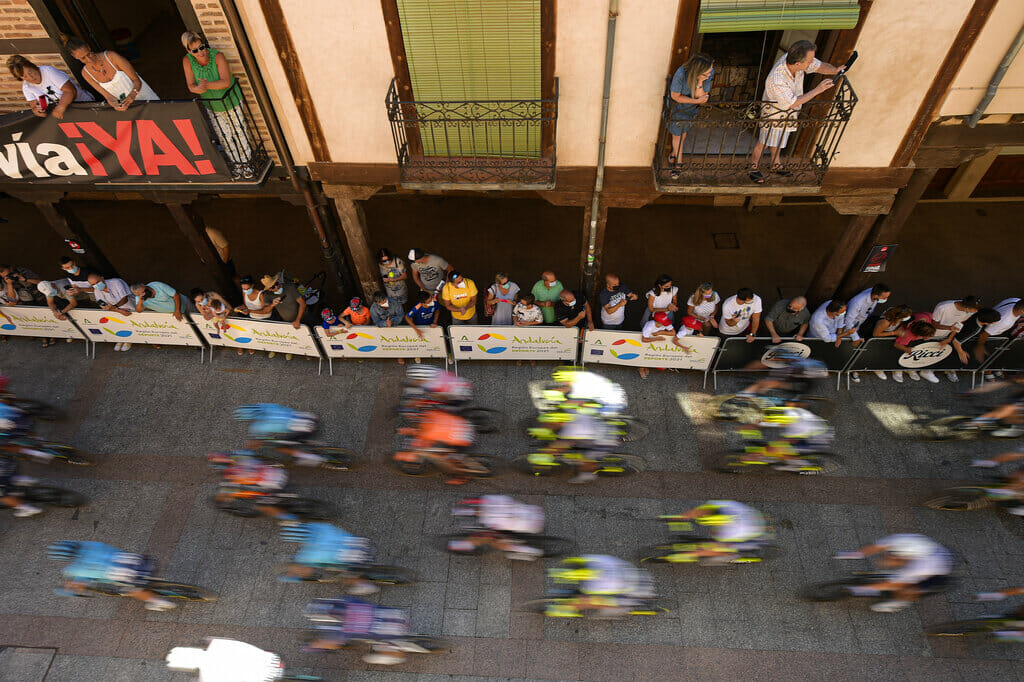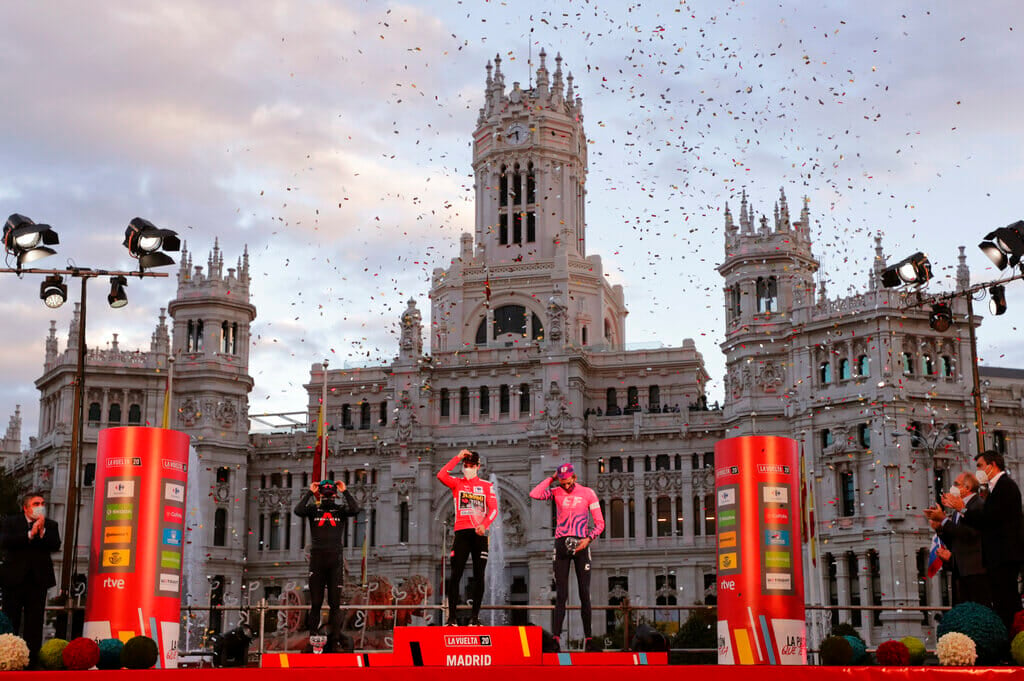The Tour of Spain begins on August 19, 2022, and it will have 21 stages and will run until September 11. This is one of the three Grand Tours of the cycling season along with the Giro d’Italia and the Tour de France. That’s why, a week before the start, we bring you the history of the Tour of Spain since its foundation in 1995. Get ready with us for this new edition!
The History of the Tour of Spain

1935: The First Tour of Spain
The Tour of Spain is an annual multi-stage cycling race held mainly in Spain, while occasionally also making passes through nearby countries. Inspired by the success of the Tour de France and the Giro d’Italia, the race was first organized in 1935.
The inaugural event saw 50 participants tackle a course of 3,411 km (2,119 miles) in just 14 stages, averaging more than 240 km (149 miles) per stage. In addition, due to the boost that the other two Grand Tours brought to the circulations of their sponsoring newspapers (L’Auto and La Gazzetta dello Sport respectively); Juan Pujol of Informaciones newspaper instigated the race to increase its circulation.
1936 to 1960: Spanish Civil War and World War II
The race was prevented from being run by the Spanish Civil War and World War II in the early years of its existence. After the first two editions, the competition had to be stopped due to the Spanish Civil War. In 1941 the competition started again. However, due to the precarious economic situation and the Second World War, the Tour of Spain was suspended again until 1945.
In the following years, there was no regularity, so sometimes the event was run and sometimes it was not. However, the race has been held annually since 1955 when it was organized by the newspaper El Correo Español – El Pueblo Vasco. As the Tour gained prestige and popularity, the race grew longer and its reach began to extend around the world.
1970 to 1980
When in 1979 El Correo Español-El Pueblo Vasco left as a sponsor of the race, the Tour of Spain was once again in danger. However, the company Unipublic took over the competition. This, together with the increase in advertising and the start of television broadcasts, further increased revenues and interest in the Tour.
2000 – present
Since 1979, the event has been organized and managed by Unipublic, until 2014, when the Amaury Sports Organization acquired control. Since then, they have been working together. The group expanded from mainly Spanish participation to include riders from all over the world. The Tour is a UCI WorldTour event, which means that the teams competing in the race are mostly UCI WorldTeams, with the exception of wildcard teams that the organizers may invite.
Some Curious Facts About the Tour

- The first winner: The Belgian Gustaaf Deloor beat the Spaniard Mariano Cañardo in 1935 and also won the second edition before the event was suspended.
- Change of dates: Initially, the race was run between April and May, but in 1995 it was changed from August to September.
- Most victories: Roberto Heras holds the record for most Tour of Spain victories with 4 (2000, 2003, 2004 and 2005). He is followed in a tie by Tony Rominger and Alberto Contador with three.
- Color of the jerseys: Normally, different colors are used to distinguish the leaders of the Grand Tours. In the case of the Tour of Spain, the colors red, white and red, yellow and gold have been used. Red has been used since 2010.




